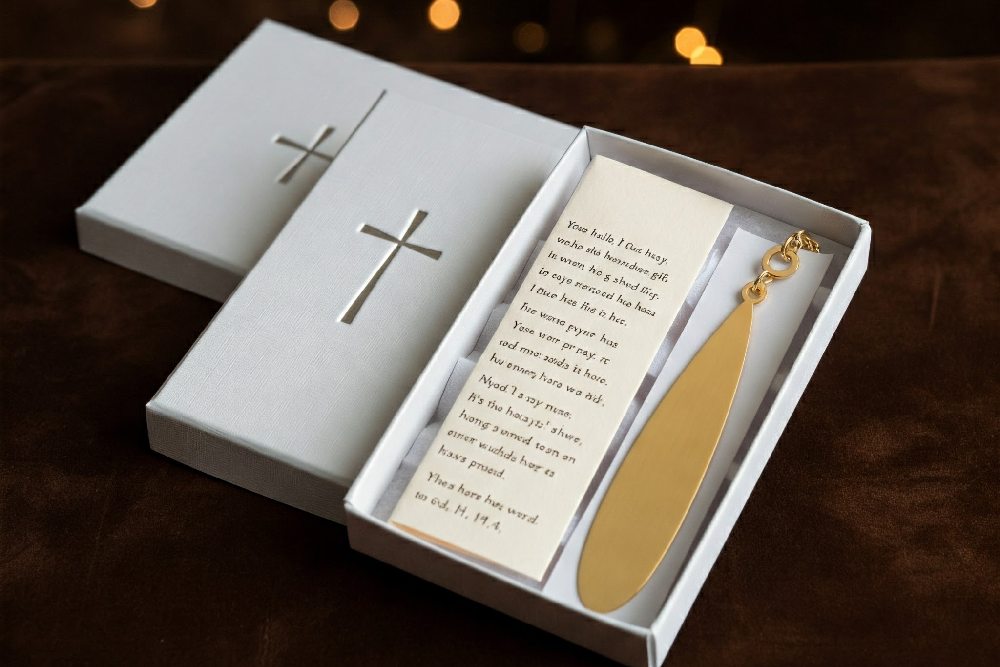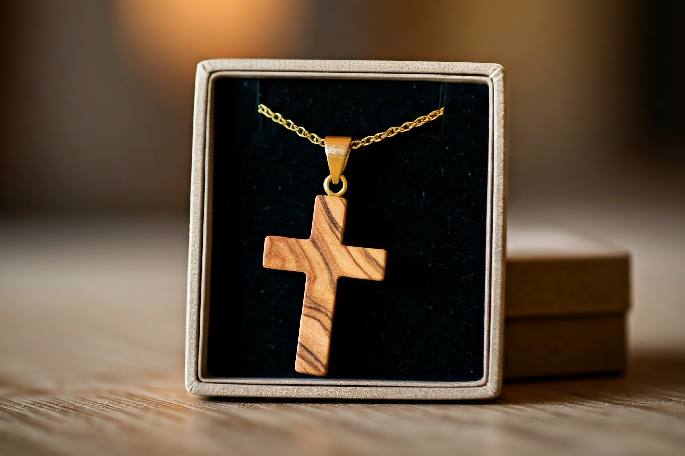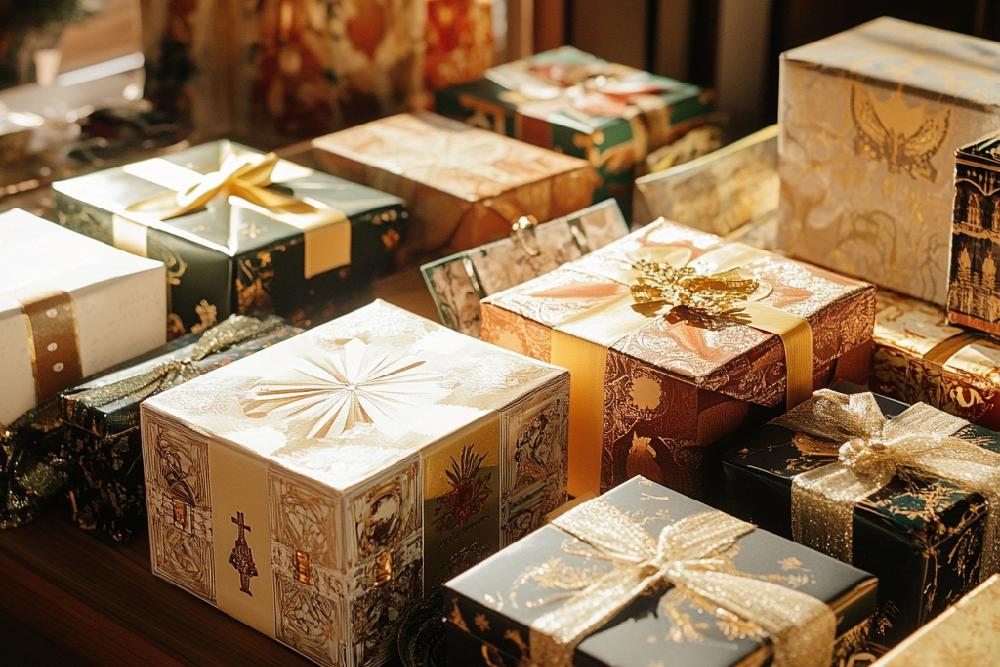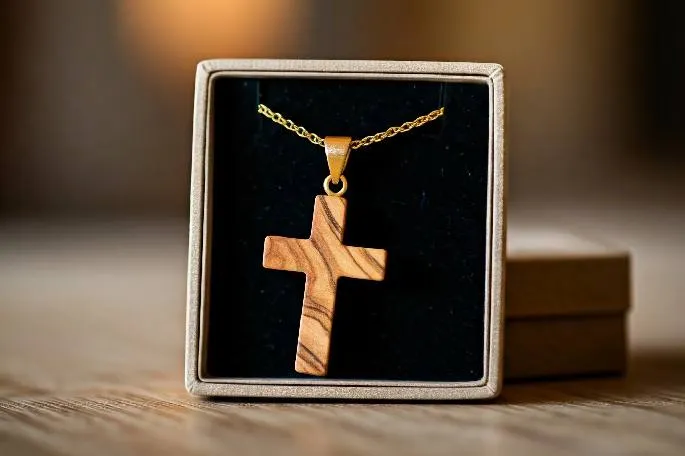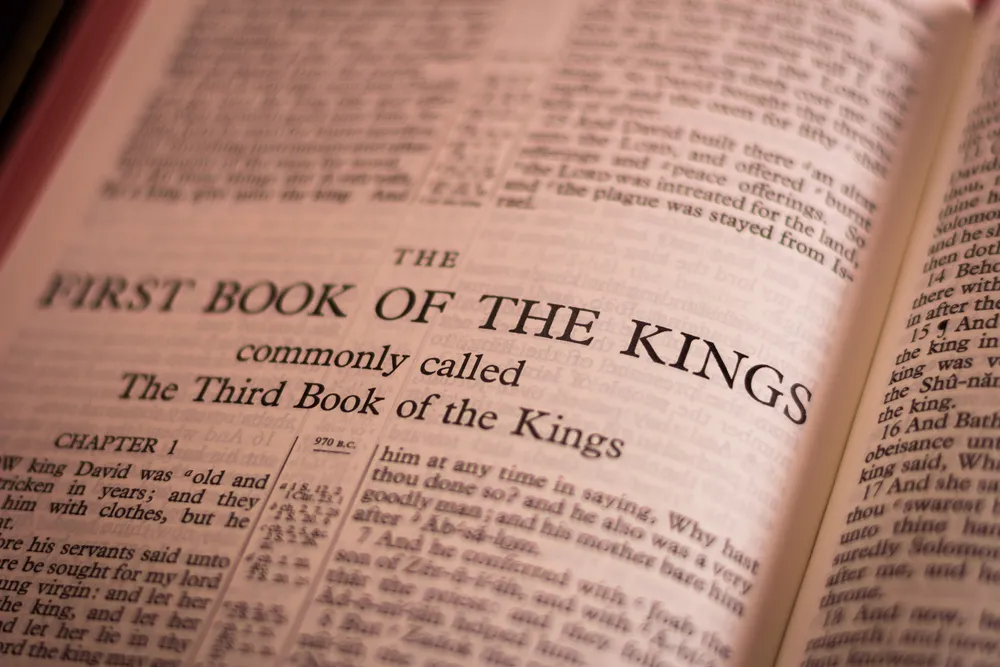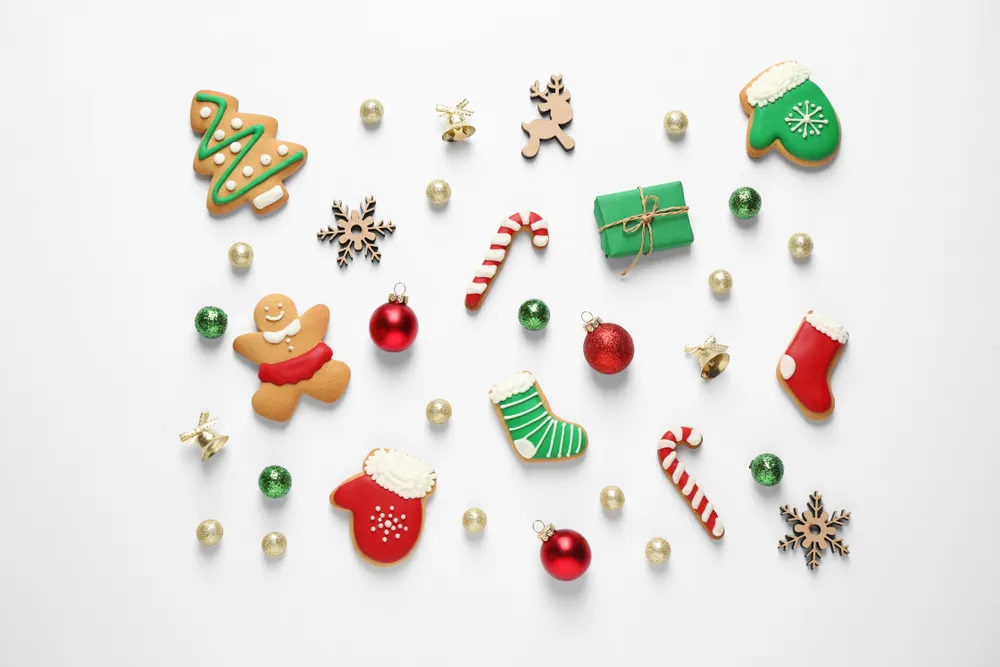Staff Writer
About Artza's Editorial Process
At Artza, our team of experienced writers and editors strive to bring you stories from the Holy Cities of the Christian Bible and grow your faith in God. We review Artza's content to ensure theological relevance and accuracy. We only source content from the Bible, reputable sites, and academic research institutions and cite these wherever relevant. Learn more about our editorial process here.
Latest from Staff Writer
Articles
Answers
How Many Days Would It Take to Walk From Nazareth to Bethlehem?
Nazareth, a small village in Galilee, was Jesus's childhood home. Its obscurity is even mentioned in the Bible (John 1:46). Archaeology confirms its existence in the first century. Bethlehem, near Jerusalem, is the important "City of David" and the prophesied birthplace of Jesus. Meaning "House of Bread," it's first mentioned in the Hebrew Bible regarding Rachel's death. » Want your room to smell good? Try a Bethlehem Scented Candle Distance and Routes from Nazareth to Bethlehem The journey from Nazareth to Bethlehem is about 70 miles. In biblical times, travelers would avoid the direct route through Samaria due to its difficult terrain and unfriendly people, opting for a longer, 90-mile route. This route went through the Jezreel Valley, followed the Jordan River south, and then ascended through the Judean Desert to Jerusalem before finally reaching Bethlehem. Today, modern roads like Highway 60 make the trip much faster, taking about two hours by car. How Far Is Nazareth to Bethlehem In biblical times, walking from Nazareth to Bethlehem took 7 to 10 days, depending on factors like terrain, weather, and travel pace. Travelers covered 10-15 miles daily on rough paths, with rest stops and Sabbath observance adding to the journey time. Today, with modern roads and improved paths, an experienced hiker can complete the same journey in 4 to 5 days. » Understand the ins and outs of hiking the national trail in Israel Notable Journeys on the Nativity Trail Mary and Joseph's journey from Nazareth to Bethlehem, made during Mary's pregnancy, is the most famous trek between these towns. This arduous 70 to 90-mile journey likely took four to seven days. Their perseverance highlights their strong faith. Today, the Nativity Trail retraces this route. Groups like the Alternative Tourism Group organize treks, allowing people to experience the landscapes and cultures along the way. These journeys offer profound insights. » Want a piece of the Holy Land? Get Jerusalem Ahava Stones
How Many Disciples Did Jesus Have While He Was Alive?
The apostles preached, healed people, and cast out demons. Jesus chose twelve apostles to represent completeness and God's authority, like the twelve tribes of Israel in the Old Testament. Jesus was creating a new spiritual community, like a new Israel. This was part of God's plan to renew his agreement with people. The apostles would help build this new community of faith, the Church. » Learn about the most meaningful events in Jesus' life The Impact of Disciples on Jesus' Message Jesus welcomed everyone, not just his twelve apostles. He included women like Mary Magdalene and Joanna, and even reached out to marginalized people like the Samaritan woman. This showed that God's kingdom is open to everyone. Jesus also challenged the norms of his time by choosing disciples from diverse backgrounds. He welcomed those who were often rejected by society, like lepers and tax collectors, showing that everyone has value in God's eyes. His actions laid the foundation for a Church built on compassion. » Understand Jesus' teachings about care and sacrifice What Can We Learn from the Disciples? After Jesus died, his disciples continued his work. They shared his message, performed miracles, and started churches. The Holy Spirit gave them the power to do these things. They preached about Jesus' resurrection, even though it was dangerous. Peter's preaching led thousands of people to follow Jesus. Paul traveled far and wide, sharing Jesus' message with people who weren't Jewish. The disciples teach us the importance of keeping our faith, even when things are hard. They were brave and dedicated, and they never gave up. They showed us what it means to be a true leader. » Explore the holy sites Jesus visited while he was alive
What Did Jesus Actually Look Like?
The Gospels, the main books about Jesus's life, focus on what he taught and did, not how he looked. In fact, the Bible even hints that he wasn't a traditionally handsome guy. Some old writings outside the Bible try to describe Jesus, but they were written long after he lived, so we can't really trust them. The Bible does mention his clothes a few times, and it sounds like he dressed simply. Basically, there's not much solid info about his looks. This shows us that his teachings were way more important than his appearance. But it still makes you wonder, what did he really look like? » Learn about the most meaningful events in Jesus' life Jesus's Appearance: Historical Context vs. Western Idealization Jesus probably looked like most other men in Judea back then: olive skin, dark hair, a beard, and average height. He likely wore simple clothes like a tunic and sandals. But many paintings show him with light skin, light hair, and European features. Artists took creative liberties, not sticking to historical accuracy. It's interesting how art can sometimes stray from reality, especially when it comes to historical figures like Jesus. » Understand Jesus' teachings about care and sacrifice Reconstructing Jesus: The Forensic Evidence Scientists are researching to get a better idea of what Jesus might have looked like. By studying ancient skulls and historical records, they think he probably had olive-brown skin, dark curly hair, a beard, and an average build. As a carpenter, he was likely around 5'5" tall. These findings differ from the traditional Western image of Jesus. Instead of the pale skin and light hair often depicted, the scientific evidence suggests a more realistic, Middle Eastern appearance. Professor Richard Neave's facial reconstruction, based on skull analysis, shows this modern approach. » Explore the relationship of Jesus and John the Baptist The Evolving Image of Jesus Depictions of Jesus have evolved over time, influenced by cultural, religious, and artistic shifts. Early Christians used symbols instead of direct representations. Later, Byzantine artists portrayed Jesus with a beard and long hair, reflecting Greco-Roman ideals of wisdom and divinity. Renaissance artists continued this trend, influenced by their own appearance and aesthetic standards. This Europeanized image spread globally through colonialism and missionary activity, becoming the dominant portrayal despite its historical inaccuracy. » Discover the countries Jesus may have visited


